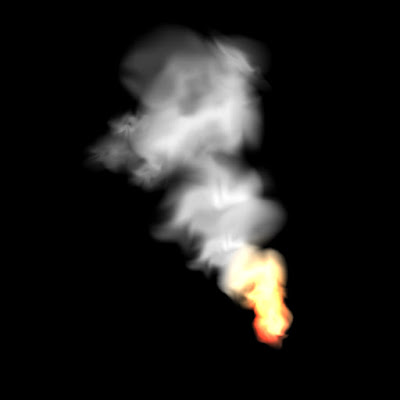Whether it is after a fire, burst pipes, or the result of a flood, your home must be restored from all the destruction caused by moisture. Water damage restoration will repair the house and make it safe to live in again. There are several steps to repairing your property after this type of devastation.
Assessing the Damage
The first step to repairing your home after any type of flooding is the loss assessment. This procedure is how the technicians know exactly what to do in order to repair your home. Technicians are required to work with insurance companies to determine property's injuries. Only then can a plan be devised on how to go about refurbishing it.
During the assessment, the water damage restoration company will assign one of three categories. Each of these categories signifies a different manner in which the devastation is handled and reversed. These categories are:
Category One: This is water without any contaminants such as urine or feces. The liquid comes from a clean source such as pipes or sinks. It may also come from toilets, as long as it was free of contaminants.
Category Two: The liquid comes from dishwashers, washing machines, or toilets with urine and has some minor contamination.
Category Three: The impairments are caused by an unsanitary source such as flooding, toilets with fecal matter, sewage lines, or has been standing for some time and may contain microbes.
Drying and Decontaminating the Area
Once a category has been set, the water damage restoration team can start the process of drying out the area. If the damage has been categorized as a two or a three, the area must also be decontaminated in order for the area to be livable again. It is important to understand that an entire house may not contain contaminated liquid. In some cases, it is only specific pockets of the space that must be decontaminated.
If the area is small and has little moisture absorbed into the surrounding materials, the process is much quicker. Dehumidifiers and blowers may be all that is required to restore the space to its natural state. However, a larger area with carpet or one that has deep saturation may require more equipment such as scrubbers and subfloor drying devices.
Finishing the Job
Of course, during the process, you should expect the technicians to be available on site during the duration. They must constantly monitor the equipment to ensure that the area is drying evenly. They should also verify that the entire site is completely dry before removing the dryers. The company should also be observing the area to spot any other problems that may arise once the water has been removed.
Water damage restoration is not something anyone wants to go through. However, with the right company and the proper equipment, your home can be restored to its former glory. When looking for the right group to handle the job, make sure you do your homework. Look at reviews and check out the Better Business Bureau to see if the business is accredited or has any outstanding complaints.
Assessing the Damage
The first step to repairing your home after any type of flooding is the loss assessment. This procedure is how the technicians know exactly what to do in order to repair your home. Technicians are required to work with insurance companies to determine property's injuries. Only then can a plan be devised on how to go about refurbishing it.
During the assessment, the water damage restoration company will assign one of three categories. Each of these categories signifies a different manner in which the devastation is handled and reversed. These categories are:
Category One: This is water without any contaminants such as urine or feces. The liquid comes from a clean source such as pipes or sinks. It may also come from toilets, as long as it was free of contaminants.
Category Two: The liquid comes from dishwashers, washing machines, or toilets with urine and has some minor contamination.
Category Three: The impairments are caused by an unsanitary source such as flooding, toilets with fecal matter, sewage lines, or has been standing for some time and may contain microbes.
Drying and Decontaminating the Area
Once a category has been set, the water damage restoration team can start the process of drying out the area. If the damage has been categorized as a two or a three, the area must also be decontaminated in order for the area to be livable again. It is important to understand that an entire house may not contain contaminated liquid. In some cases, it is only specific pockets of the space that must be decontaminated.
If the area is small and has little moisture absorbed into the surrounding materials, the process is much quicker. Dehumidifiers and blowers may be all that is required to restore the space to its natural state. However, a larger area with carpet or one that has deep saturation may require more equipment such as scrubbers and subfloor drying devices.
Finishing the Job
Of course, during the process, you should expect the technicians to be available on site during the duration. They must constantly monitor the equipment to ensure that the area is drying evenly. They should also verify that the entire site is completely dry before removing the dryers. The company should also be observing the area to spot any other problems that may arise once the water has been removed.
Water damage restoration is not something anyone wants to go through. However, with the right company and the proper equipment, your home can be restored to its former glory. When looking for the right group to handle the job, make sure you do your homework. Look at reviews and check out the Better Business Bureau to see if the business is accredited or has any outstanding complaints.






